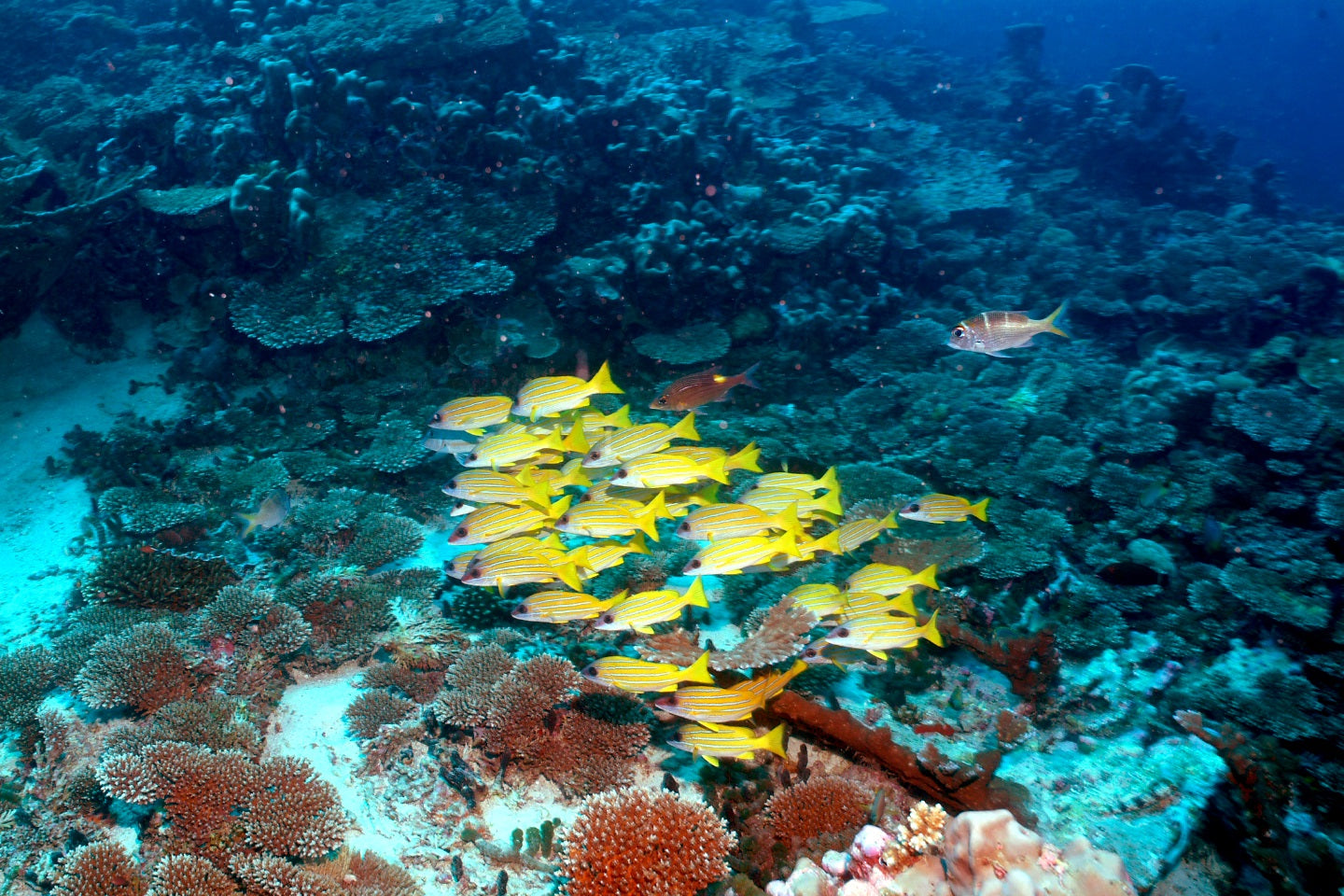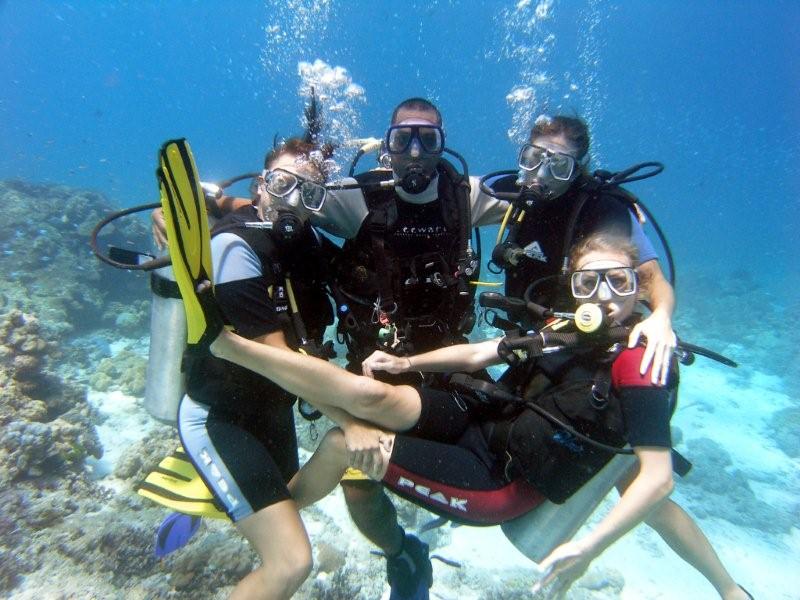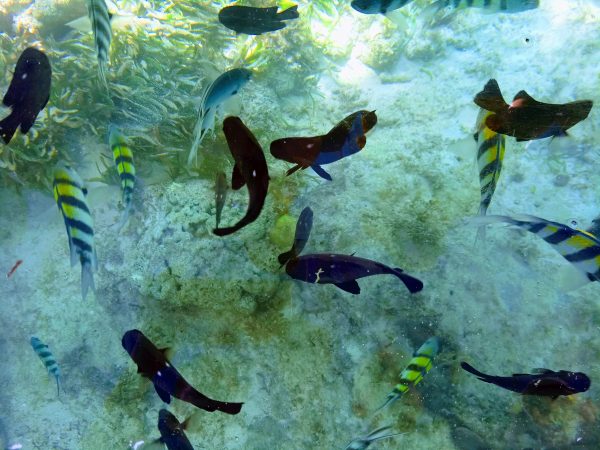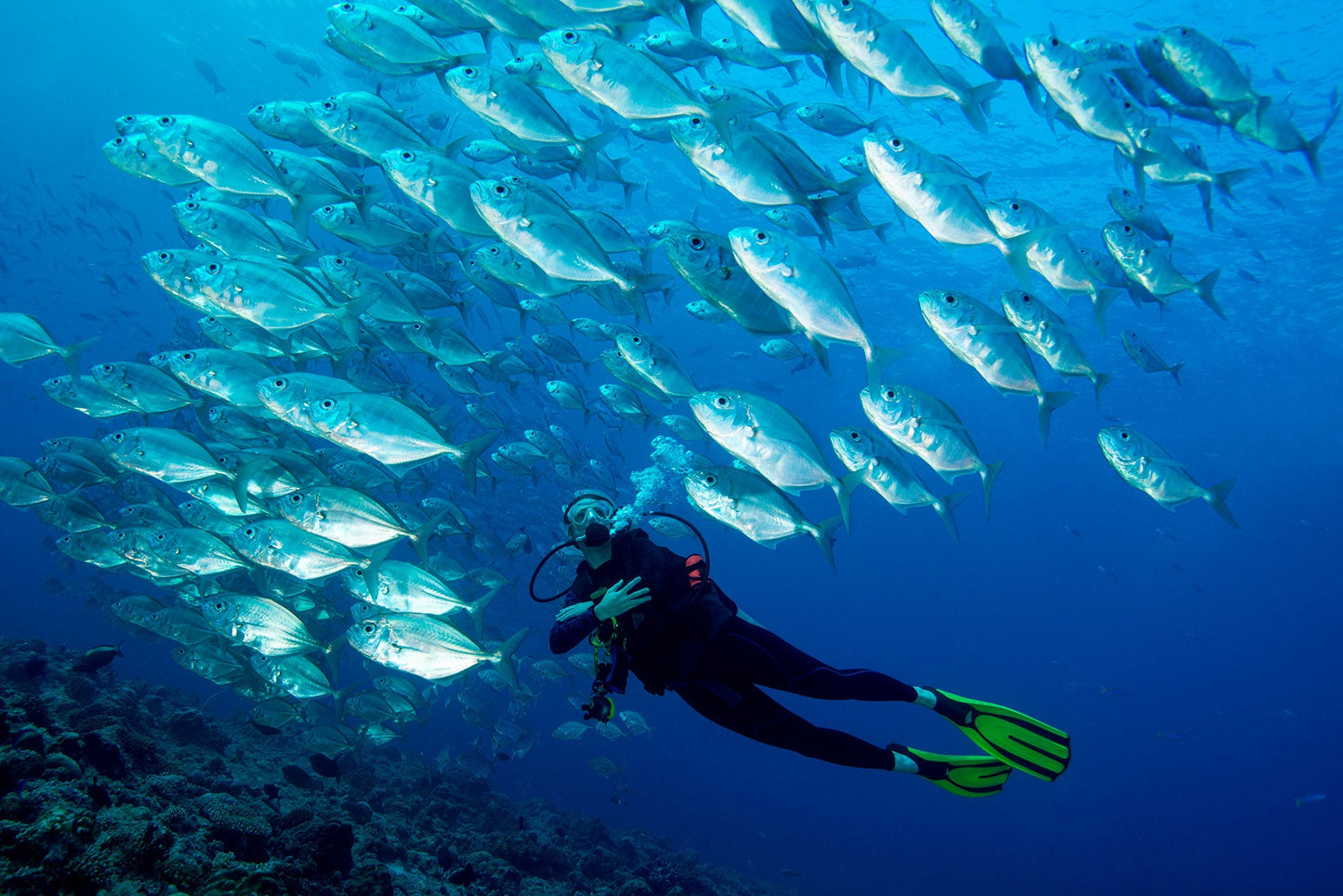
Sea Turtles And Their Ecological Importance In Kenya South Coast
Sea Turtles in Kenya are a great tourist attraction due to their unique existence in almost every corner of the ocean waters worldwide. In Kenya’s South Coast ocean, we are fortunate to have these incredible creatures.
Types of Sea Turtles in Kenya
There are up to seven species of sea turtles found in Kenya, including the green sea turtle, the hawksbill, loggerhead, olive ridley, flatback, Kemp’s ridley, and the leatherback sea turtles. You can identify them by their distinct features such as scaly heads, scutes on their carapace, and the plastron. The leatherback, however, is different as it does not have a hard shell but instead possesses well-organized bony plates beneath its skin. It is also the largest of all sea turtles in Kenya.
Habitation and Life Cycle of Sea Turtles in Kenya
Sea turtles in Kenya spend most of their lives in the waters. After hatching and making their way to the sea, the males disappear and are never seen on the shores again. The females, however, return periodically to lay their eggs. It takes several years for a sea turtle to become sexually mature. When ready, they mate in the sea, and the female makes her way to the shore to create a nest where she lays her eggs. To protect the eggs, she fills the nest with sand to prevent predators from discovering them. After about two months, the young turtles hatch and dig their way out of the nest, making their way to the sea under the cover of night to avoid daytime predators. A female sea turtle can lay between 50 to 250 eggs in one nesting session.
What Sea Turtles Eat
They feed on many types of plants as well as animals as when they become adults they are omnivorous. The green sea turtle however is carnivorous when young and herbivorous when fully grown. Each type of sea turtle is known to be specific on its food type. Mostly the food include sea grass, jelly fish, algae, soft coral, sea cucumbers, small fishes among other endless list of marine life.
Friends With Barnacles
Sea turtles are known to have an understandable relationship with some barnacles where they grow on turtles without harming them. The best place for the larvae barnacle is usually on the skin around the sea turtles necks. Turtles are best choices for barnacles since they live for many years and they give them ample time to grow without much worries of death.
Human Relationships And Sea Turtle Security
In most places in the world, humans are known to interfere with life cycles of sea turtles as some hunt them for food. Their scales are also targeted for ornamental use especially in China and Japan. Some sea turtles like the green sea turtle feeds on sea grass which is very vital for keeping the sand beaches and dunes strong, well maintained and away from erosion. They are therefore very important for maintenance of the ecosystems. The sea grass also feeds on the nutrients left after the eggs hatch providing a healthy growth. Due to human interference with the clearance of the beaches the sea turtles have become endangered. Also due to the fishing activity that trap some turtles with the nets.
Sea Turtles and Their Ecological Importance in Kenya South Coast
To see more of the turtles in South coast Kenya, make a booking with us for the best encounters ever.





